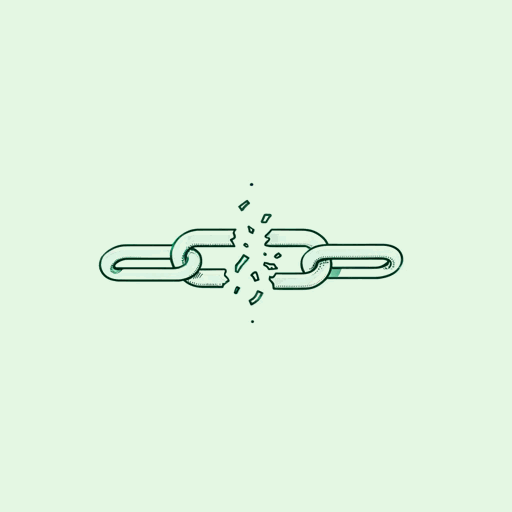76 pages • 2 hours read
Patrick Radden KeefeEmpire of Pain: The Secret History of the Sackler Dynasty
Nonfiction | Biography | Adult | Published in 2021A modern alternative to SparkNotes and CliffsNotes, SuperSummary offers high-quality Study Guides with detailed chapter summaries and analysis of major themes, characters, and more.
Book 2, Chapters 17-20Chapter Summaries & Analyses
Book 2, “Dynasty”
Book 2, Chapter 17 Summary: “Sell, Sell, Sell”
In Arizona in January 1996, Richard Cackler and the staff at Purdue celebrated the official launch of OxyContin as a “new era” (207). The success of OxyContin would come to depend on the charisma and personal dedication if its sales representatives. The representatives were given scripts to encourage the use of OxyContin for many prolonged pain episodes, and they were armed with statistics about the drug’s nonaddictive nature. These scripts selectively cherry picked existing research, for instance, citing a doctor’s letter to the New England Journal of Medicine as if it were a peer reviewed study. This letter was useful because its author had noted that his patients showed no evidence of dependence on OxyContin. Other testimonials came from doctors who worked closely with Purdue and received money in exchange. Purdue also used traditional advertising and marketing tactics used by all pharmaceutical companies, like sponsoring meals for doctors—with an extensive marketing budget explicitly for this. Such appeals depended on the emotional side of medicine, the “‘hope’ in a bottle” of making patients better (211).
Purdue’s sales representatives received extensive bonuses for surpassing targets. Arthur Sackler himself had supported such incentive structures at McAdams. Another arm of the Sackler empire, IMS, gathered reams of market research data, so sales reps could target their visits most effectively.
Related Titles
By Patrick Radden Keefe
Featured Collections
Addiction
View Collection
Art
View Collection
Books on Justice & Injustice
View Collection
Books on U.S. History
View Collection
Brothers & Sisters
View Collection
Business & Economics
View Collection
Challenging Authority
View Collection
Class
View Collection
Class
View Collection
Health & Medicine
View Collection
Loyalty & Betrayal
View Collection
New York Times Best Sellers
View Collection
Politics & Government
View Collection
Popular Study Guides
View Collection
Power
View Collection
The Best of "Best Book" Lists
View Collection
True Crime & Legal
View Collection
Trust & Doubt
View Collection



